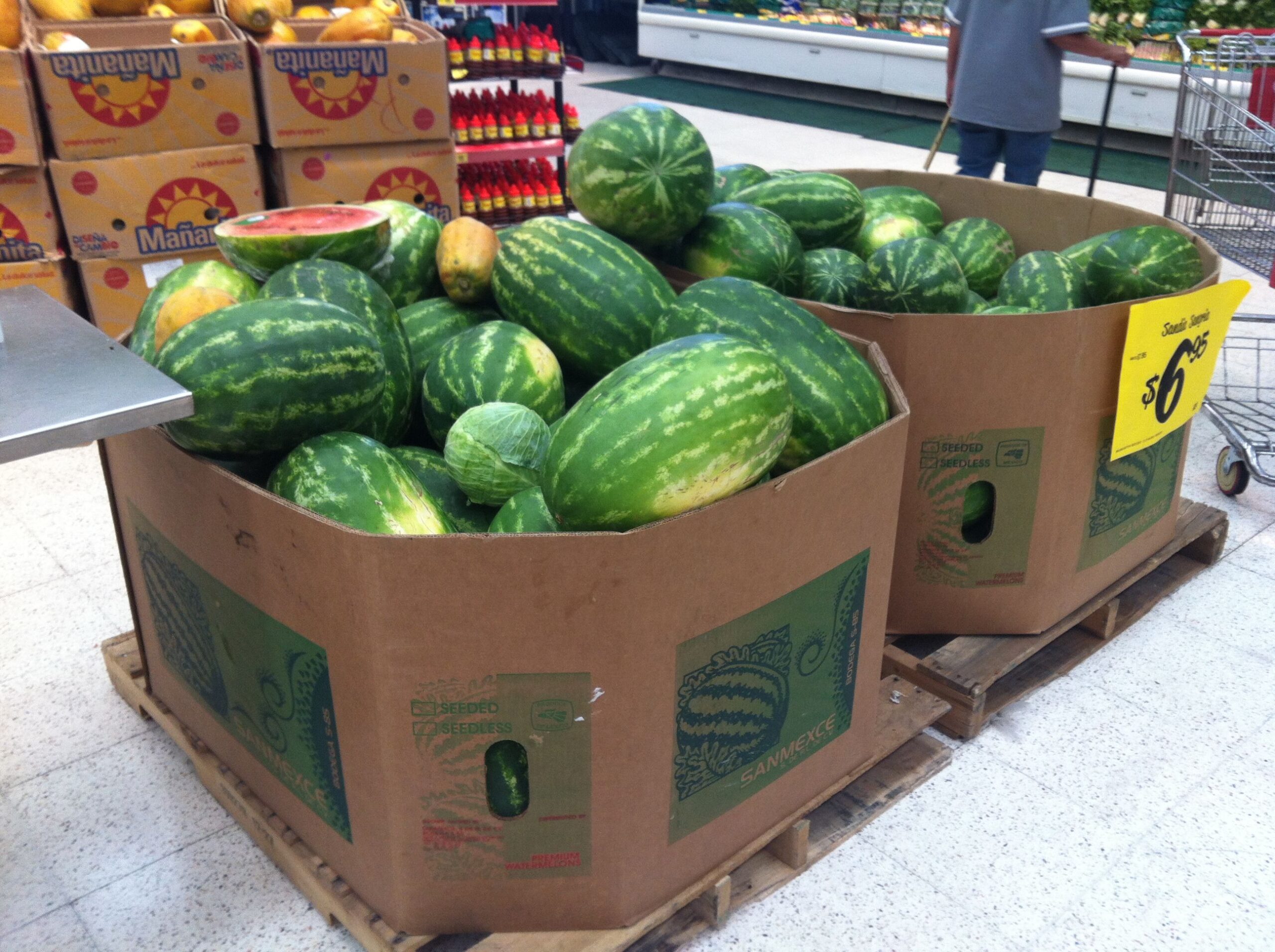In the United States, imported eggs must meet the same safety and quality standards as domestically produced eggs. How to Understand the Imported Egg Market. The USDA conducts inspections of imported eggs to ensure that they meet U.S. standards for food safety and labeling. Eggs that are labeled as organic must meet the USDA’s organic standards, regardless of where they were produced.
Similarly, pasteurized eggs that are imported into the U.S. must be treated using an approved pasteurization process to eliminate the risk of Salmonella contamination. The FDA (U.S. Food and Drug Administration) regulates the importation of pasteurized eggs and conducts inspections to ensure that the eggs meet safety standards.
In general, it is the responsibility of the importer to ensure that the eggs they are importing meet the relevant regulations and standards. However, government agencies may conduct inspections and testing to verify compliance and ensure the safety of imported eggs.
The Process
The process of regulating imported eggs typically involves several steps:
- Import declaration: The importer must file a declaration with the relevant government agency (such as the USDA or FDA in the United States) to provide information about the eggs being imported, including the country of origin, the quantity, and the intended use.
- Inspection and testing: Once the eggs arrive in the destination country, they may be subject to inspection and testing by government agencies to ensure that they meet safety and quality standards. This may include visual inspections, laboratory testing, or other forms of analysis.
- Certification: If the eggs pass inspection and testing, they may be certified by the government agency as meeting the relevant standards. The certification may be in the form of a label or stamp that indicates that the eggs are safe and meet the required regulations.
- Monitoring: Even after the eggs have been certified, they may still be subject to ongoing monitoring and testing to ensure that they continue to meet safety and quality standards. This may involve periodic inspections or random sampling of eggs from different batches.
Overall, the goal of regulating imported eggs is to ensure that they meet the same safety and quality standards as domestically produced eggs, and to prevent the importation of eggs that may pose a risk to public health. The specific regulations and procedures involved in regulating imported eggs can vary depending on the country and the type of egg being imported.
Safety
Safety of imported eggs can be influenced by a range of factors, including the water and feed sources used in their production.
In many countries, including Mexico, regulations and enforcement around food safety may not be as rigorous as in the United States or other developed countries. This can increase the risk of contamination from waterborne or foodborne pathogens, such as Salmonella, that may be present in the environment.
To address this risk, import regulations may require additional testing and inspections of eggs and other food products coming from certain countries or regions. For example, the FDA may place a “Import Alert” on a specific product or country if there are concerns about safety or quality, which can lead to increased inspections and testing at the border.
In addition to government regulations, many companies that import eggs or other food products from other countries also have their own quality control programs in place to ensure the safety and quality of the products they import. This may involve working directly with suppliers to ensure that they are meeting specific safety and quality standards, or conducting additional testing and inspections once the products arrive in the destination country.
Overall, while there are risks associated with importing eggs or other food products from other countries, government regulations and industry practices are designed to minimize these risks and ensure the safety of the food supply.
Why bother?
There are several reasons why Americans may be attracted to imported eggs:
- Availability: Depending on the time of year or location, certain types of eggs may be more difficult to find in the United States. For example, certain specialty eggs, such as quail or duck eggs, may be more readily available from certain countries.
- Price: Depending on the cost of production in other countries, imported eggs may be available at a lower price than domestically produced eggs.
- Unique varieties: Some countries may have breeds of chickens or other birds that lay eggs with unique colors, sizes, or flavors that are not typically available in the United States.
- Cultural preferences: Some people may prefer to consume eggs that are produced in their country of origin, for cultural or personal reasons.
It’s worth noting that while there may be some benefits to importing eggs from other countries, there are also potential risks associated with food safety and quality as mentioned before. As a result, government agencies and industry groups work to ensure that imported eggs meet the same safety and quality standards as domestically produced eggs. Ultimately, the decision to consume domestically produced or imported eggs is a personal choice that may be influenced by a range of factors.
Steve Barasch







